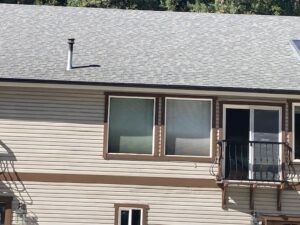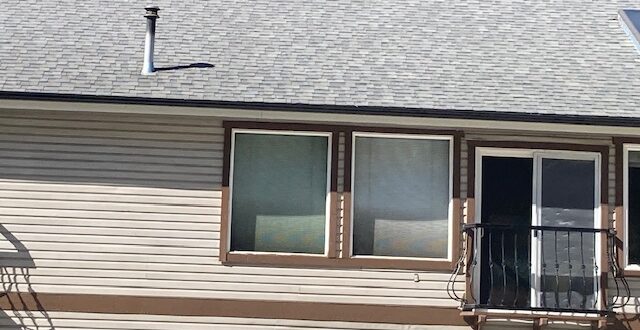Prepare Home for Wildfires: Chimneys
A lot of houses now aren’t built with a chimney. There aren’t so many people with fireplaces anymore. If you’ve decided to add one in, then you will need a chimney. You may have also bought an existing home with a
Chimneys and stovepipes offer another way for fires to get into the home. It’s important that you take steps to prepare them against wildfires.
Get Chimney Caps Immediately
The first step to take is to get chimney caps. They should be made from galvanized steel or copper if you can, as these two metals have a higher melting point. If you want a cheaper option, aluminum is there but it’s not as durable as the other options. Cooper is the most expensive of the lot, but is the most durable.
The caps will cover the top of the chimneys, without causing a CO risk. There are gaps to allow the smoke and gas to escape. The gaps are small enough to prevent embers from falling through your chimneys and into the home. You’ll need to get something with a mesh covering it, which should be made of steel or a similar material.
Inspect the Flue
If you do decide to have a fireplace, you’ll want to keep it in good working order. Inspect the flue at least once a year for any creosote buildup. If there is a buildup, the flue needs cleaning. You can still hire chimney sweeps to do this, even though they’re not as popular anymore. No, they’re not going to sing Step in Time from Mary Poppins!
The frequency of all this will depend on how often you use the fireplace. It may be a secondary heat source for the coldest nights of the year, which means once a year could be suffice. You may use it as your primary heat source in certain rooms. It will also depend on the type of logs you burn. Fake logs leave more of a buildup, so you’ll need to clean more frequently.
Watch out for creosote-removal treatments. You still need to clean your chimneys regularly to get rid of the combustible materials inside.
There is no substitute for regular maintenance. With this, you give yourself and your family more time to get out of the house if there is a fire.
